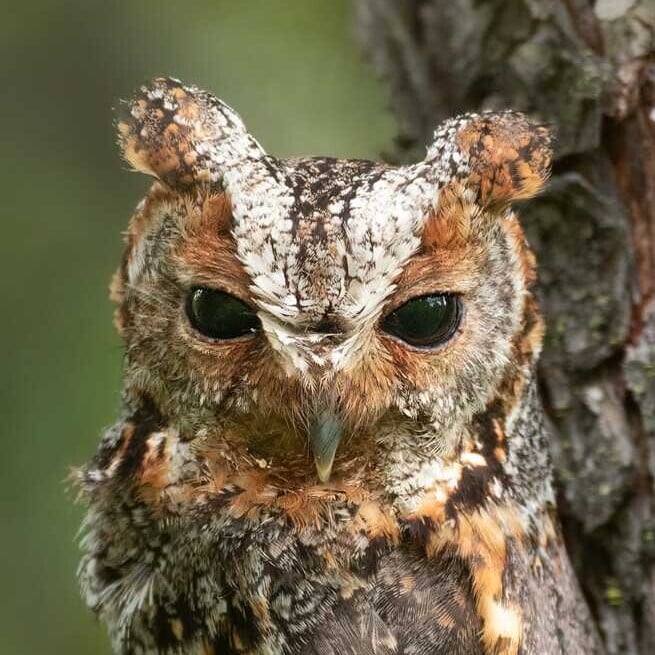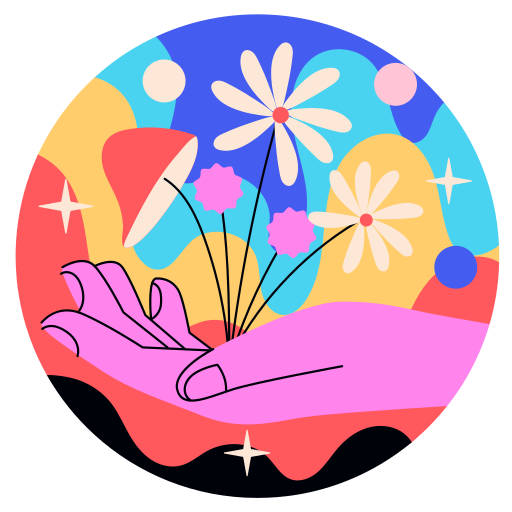Full Article from NPR
Blue crabs are perhaps the most iconic species in the Chesapeake Bay.
The crustacean, which is actually blue, is a favorite among seafood lovers, but pollution, habitat loss and harvest pressure are all threats to its abundance.
“Years ago, we used to catch what we could sell,” says waterman Billy Rice. “Now we sell everything we can catch.”
Earlier this summer, a group of Virginia watermen voted to explore the possibility of year-round crab fishery, but conservationists worry what that could mean for the health of the Bay.
Five years ago, the blue crab population was estimated to be about 600 million. Now officials say it’s closer to half that number.
Until 2008, Virginia and Maryland used to allow crabbing year-round. But a decline in population led to a 16-year prohibition on winter dredging.
Chris Moore, a conservationist with the Chesapeake Bay Foundation, says reinstating winter crab dredging could further jeopardize the blue crab population.
“Blue crabs migrate throughout the summertime, but during the winter, they actually become kind of semi-hibernative,” Moore says. “And so what that means is they generally kind of stop moving, and they kind of burrow down into the sand or the mud bottom of the Chesapeake Bay and its tributaries.”
Maryland officials say the species’ recovery can be traced to the 2008 prohibition on winter crab dredging and that the Virginia watermens’ decision could create a rift in the long-standing partnership between the two states when it comes to the Bay.
Back on the crab boat, Billy Rice — who was born and raised on a Maryland tobacco farm — says he’s against winter crab dredging because it could mean even fewer crabs in the Bay.
“I think it’s just important to understand that, you know, we have a privilege to crab. It’s not a right to crab,” Rice says. “We have to have respect for the resource…so that we have crabs for future generations.”

